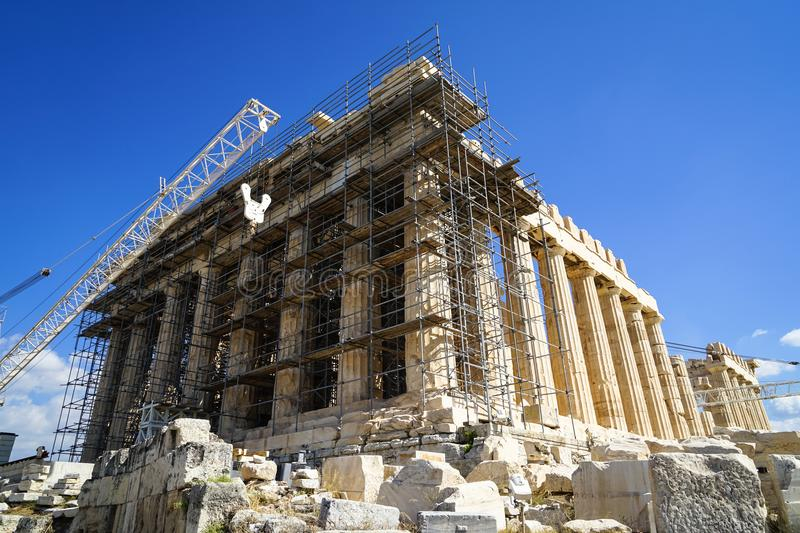Crane
Despite the fact that cranes appear to be a distinguishing aspect of contemporary metropolitan skylines, this kind of equipment was created thousands of years ago. The ancient Egyptians and Mesopotamians also had crude building techniques and devices for lifting vast amounts of water, but it was the Greeks who took this mechanism to a whole new level, enabling them to construct ever more ambitious architectural marvels.
The Greeks created a system of pulleys, winches, and ramps in the sixth and fifth century BC to create a variety of various cranes for lifting big objects. Individually, these were known as the pentaspastos, which had five pulleys, and the trespass, which had three. However, the crane was more often known as the polyspaston, which is Greek for "many pulleys."
The Parthenon, which was built using marble blocks that were too large to be moved by men alone, is one of the most exquisite instances of a crane's labor in ancient Greece. The ancient Greeks devised the crane as a highly sophisticated answer to the problem of construction, whereas the Egyptians and Assyrians had used human labor (sometimes at the sacrifice of human life) to transfer and pile their building materials.











